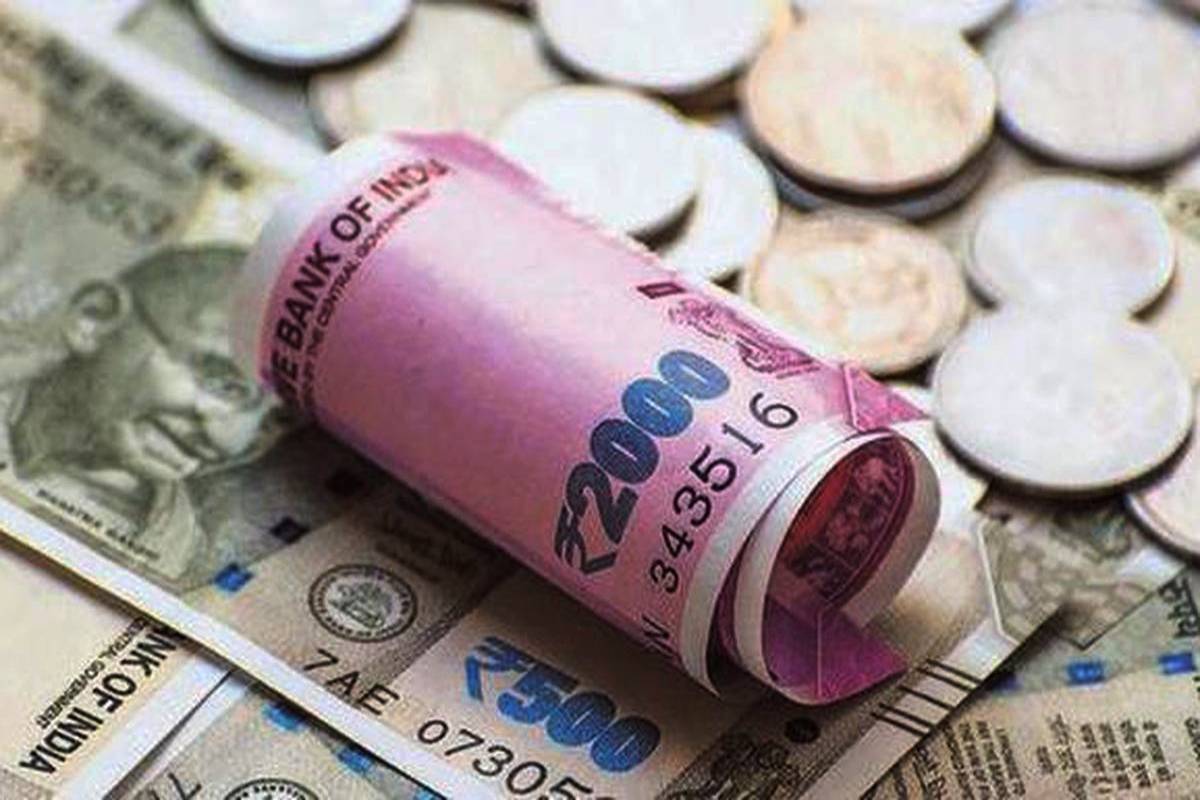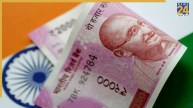New Delhi: The rupee depreciated against the US dollar by 9 paise in early trade on today (November 3), reaching its all-time low of Rs. 82.88. Earlier, on Wednesday, November 2, the rupee closed with a loss of 10 paise versus the US dollar to close at Rs 82.79.
Let us say that the Reserve Bank has tried many times in the past to stop the ongoing depreciation of the rupee, but little has changed. The rupee continues to trade weakly. This year alone, the rupee has lost 11% of its value against the dollar. Significantly, the demand for the dollar is rising and the rupee isn’t going anywhere after India’s foreign exchange reserves hit a two-year low.
What will happen to the Indian economy?
The rupee’s decline will increase the cost of imports into the nation. As a result, imported items including crude oil, mobile phones, consumer durables, etc. would increase in price. It will be more expensive to study, receive medical care, and go abroad if the rupee declines.
The price of rupee is determined by the demand and supply of dollars.
Significantly, the value of rupee is determined by its demand and supply against the dollar. Along with this, it also affects the import and export of the country. Every country maintains its own foreign exchange reserves. With this he pays for the goods imported into the country. Every week the Reserve Bank releases the data related to it. What is the position of foreign exchange reserves, and what is the demand for dollars in the country during that time, it also determines the strength or weakness of the rupee.













